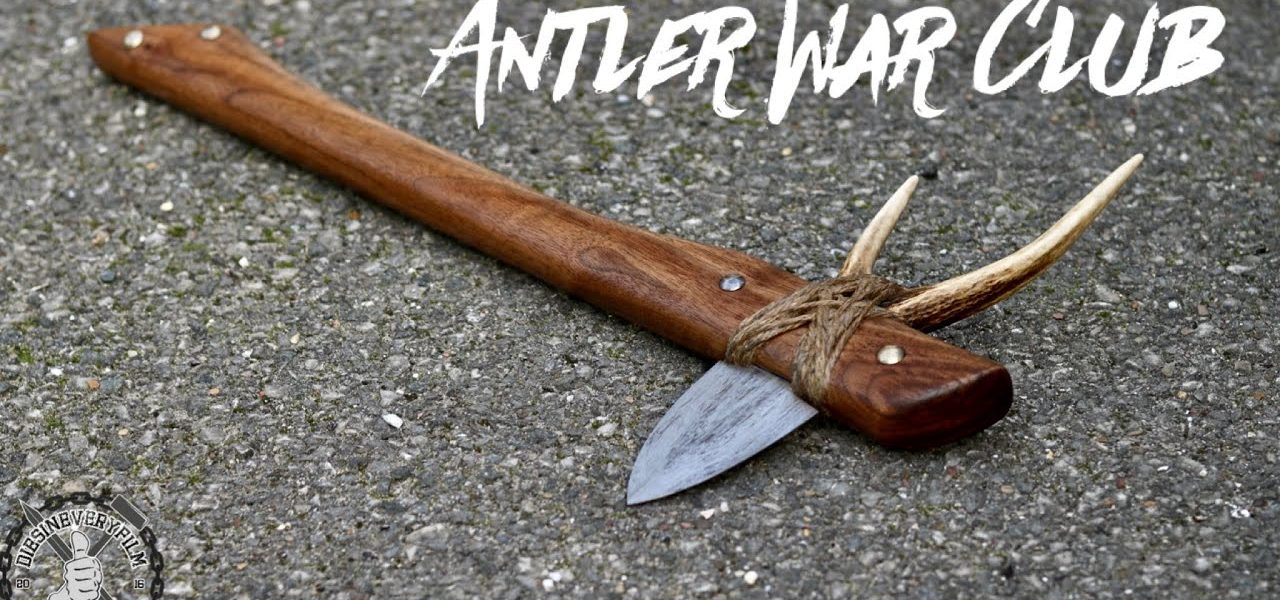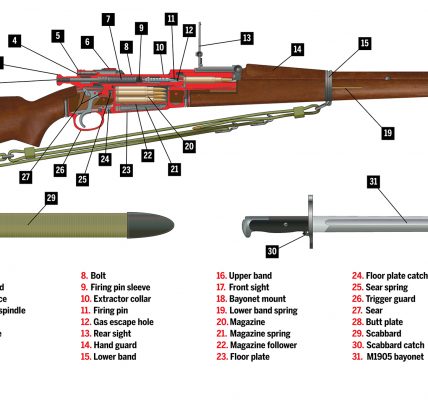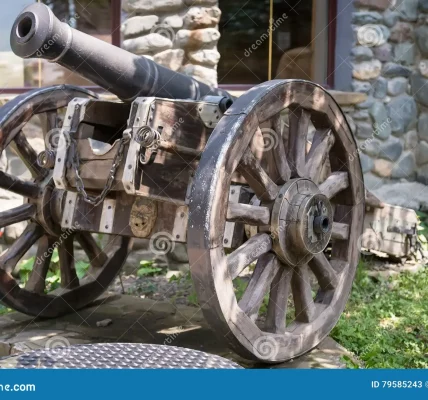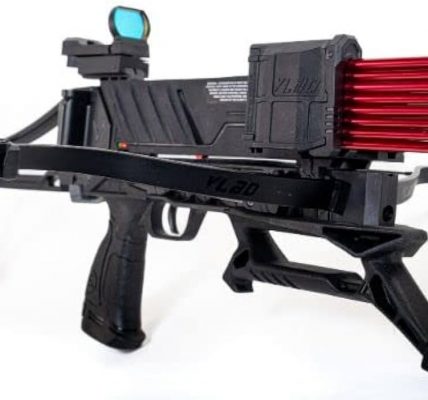Clubs, one of the most basic and ancient weapons, have been used by humans for millennia. Their simplicity belies their effectiveness, making them a formidable tool in both hunting and warfare.
Origins and Evolution
The earliest clubs were likely fashioned from wood or bone. As humans developed metalworking skills, clubs were crafted from bronze, iron, and later steel. These materials allowed for the creation of heavier and more durable weapons.
Types of Clubs
There are many different types of clubs, each with its own unique characteristics:
- Cudgel: A simple club made from a thick piece of wood.
- Mace: A club with a heavy head, often with spikes or chains attached.
- Morningstar: A type of mace with a spiked ball at the end of the handle.
- Knuckle duster: A small club that is worn over the hand to protect the knuckles.
Military Use
Clubs were used in warfare by many ancient civilizations, including the Egyptians, Greeks, and Romans. They were particularly effective in close combat, where they could be used to crush armor or inflict blunt force trauma.
Hunting and Gathering
In addition to their use in warfare, clubs were also used for hunting and gathering. They were effective for killing small game and could be used to stun larger animals.
Cultural Significance
Clubs have cultural significance in many societies around the world. They have been used as symbols of power and authority, and they are often featured in religious ceremonies and rituals.
Modern-Day Use
While clubs are no longer used as weapons in modern warfare, they remain popular for historical reenactments and martial arts. They are also used for self-defense and as tools for breaking up objects.
Conclusion
Clubs are a versatile and effective weapon that has been used by humans for thousands of years. Their simplicity and durability have made them a popular choice for both military and civilian use. While clubs may not be as sophisticated as modern weapons, they continue to hold a special place in human history.




